Research on Multi-Objective Optimization and Control Algorithms for Automatic Train Operation
Abstract
1. Introduction
2. Optimization of Target Speed Curve for Urban Rail Train
2.1. Force Analysis of Urban Rail Train
2.1.1. Traction and Braking Forces
2.1.2. Running Resistance
- Curve ResistanceWhen the train runs on the curve, it will encounter additional resistance from the curve. This curve resistance is related to the radius of the curve, the speed of the train, the bending degree of the track, and other factors. Therefore, it is difficult to get accurate results by using general mathematical methods. In this paper, according to experience, the unit curve resistance of the train is set towhere the unit of is N/kN; R is the radius of the curve, the unit of which is m; and g is the gravitational acceleration, the unit of which is m/s.
- Tunnel ResistanceWhen the train enters the tunnel, due to the existence of air, there is the pressure difference between the positive pressure on the head of the train and the negative pressure on the tail, which will create resistance to the train. The empirical equation of unit tunnel resistance can be expressed as follows.where the unit of is N/kN and is the length of the tunnel, the unit of which is m.
- Ramp ResistanceWhen the train is running on the ramp, its gravity can generate the component force parallel to the track, that is, the ramp resistance. For uphill, the ramp resistance is opposite to the train’s running direction. For downhill, the ramp resistance is the same as the train’s running direction. The influencing factors of ramp resistance are related to the mass of train and ramp angle, as shown in Figure 6.According to Figure 6, the ramp resistance can be expressed aswhere is the ramp resistance of the train; M is the mass of the train; and is the angle between the level and the ramp.Since is very small in the actual line, we can approximateTherefore, the unit ramp resistance can be expressed aswhere is the permillage of and the unit of is N/kN.
2.2. Multi-Objective Model of Urban Rail Train Operating Process
2.2.1. Establishment of Multi-Objective Model
2.2.2. Weight Coefficient Calculation Based on Entropy Weight Method
2.3. Train Operation Strategy Optimization Based on IGA
2.3.1. Code Design
2.3.2. Directional Mutation
2.3.3. Establishment of Fitness Function
2.3.4. Gene Modification
3. Design of Speed Controller Based on Predictive Control for Urban Rail Train
3.1. Predictive Model
3.2. Rolling Optimization
3.3. Feedback Correction
4. Results and Discussion
4.1. Relevant Data on Urban Rail Train
4.2. Optimization of Target Speed Curve for Urban Rail Train
4.3. Tracking Control of Target Speed Curve for Urban Rail Train
4.3.1. Analysis of Train’s Safety
4.3.2. Analysis of Train’s Energy Consumption
4.3.3. Analysis of Train’s Comfort
4.3.4. Analysis of Train’s Stopping Accuracy
4.3.5. Analysis of Train’s Punctuality
5. Conclusions
Author Contributions
Funding
Conflicts of Interest
References
- Wang, Y.; Liao, Z.; Tao, T. Train scheduling and circulation planning in urban rail transit lines. Control Eng. Pract. 2017, 61, 112–123. [Google Scholar] [CrossRef]
- Yang, X.; Li, X.; Ning, B. A Survey on Energy-Efficient Train Operation for Urban Rail Transit. IEEE Trans. Intell. Transp. Syst. 2015, 17, 2–13. [Google Scholar] [CrossRef]
- Nilsson, J.; Falcone, P.; Vinter, J. Safe Transitions From Automated to Manual Driving Using Driver Controllability Estimation. IEEE Trans. Intell. Transp. Syst. 2015, 16, 1806–1816. [Google Scholar] [CrossRef]
- Wu, P.; Wang, Q.Y.; Feng, X.Y. Automatic train operation based on adaptive terminal sliding mode control. Int. J. Autom. Comput. 2015, 12, 142–148. [Google Scholar] [CrossRef]
- Watanabe, S.; Koseki, T.; Isobe, E. Evaluation of Automatic Train Operation Design for Energy Saving Based on the Measured Efficiency of a Linear-Motor Train. Electr. Eng. Jpn. 2018, 202, 460–468. [Google Scholar] [CrossRef]
- Meng, J.; Xu, R.; Li, D. Combining the Matter-Element Model With the Associated Function of Performance Indices for Automatic Train Operation Algorithm. IEEE Trans. Intell. Transp. Syst. 2019, 20, 253–263. [Google Scholar] [CrossRef]
- Yin, J.; Chen, D.; Li, L. Combining the Matter-Element Model With the Associated Function of Performance Indices for Automatic Train Operation Algorithm. IEEE Trans. Intell. Transp. Syst. 2014, 15, 2561–2571. [Google Scholar] [CrossRef]
- Rong, H.; Yu, C.Z. Multiple Objective of Train Operation Process Based on Modified Particle Swarm Optimization. Appl. Mech. Mater. 2014, 513–517, 2927–2930. [Google Scholar] [CrossRef]
- Liang, Y.; Liu, H.; Qian, C. A Modified Genetic Algorithm for Multi-Objective Optimization on Running Curve of Automatic Train Operation System Using Penalty Function Method. Int. J. Intell. Transp. Syst. Res. 2019, 17, 74–87. [Google Scholar] [CrossRef]
- Zhao, N.; Roberts, C.; Hillmansen, S. A Multiple Train Trajectory Optimization to Minimize Energy Consumption and Delay. IEEE Trans. Intell. Transp. Syst. 2015, 16, 1–10. [Google Scholar] [CrossRef]
- Gu, Q.; Tang, T.; Cao, F. Energy-Efficient Train Operation in Urban Rail Transit Using Real-Time Traffic Information. IEEE Trans. Intell. Transp. Syst. 2014, 15, 1216–1233. [Google Scholar] [CrossRef]
- Lu, S.; Hillmansen, S.; Ho, T.K. Single-Train Trajectory Optimization. IEEE Trans. Intell. Transp. Syst. 2013, 14, 743–750. [Google Scholar] [CrossRef]
- Pham, H.A. Truss optimization with frequency constraints using enhanced differential evolution based on adaptive directional mutation and nearest neighbor comparison. Adv. Eng. Softw. 2016, 102, 124–154. [Google Scholar] [CrossRef]
- Bayram, İ.; Haji, S.A.; Cool, G. A Penalty Function Promoting Individual Sparsity in Groups. IEEE Trans. Signal Process. 2016, 65, 4238–4251. [Google Scholar] [CrossRef]
- Sadiq, R.; Bulek, S. Using penalty functions to evaluate aggregation models for environmental indices. J. Environ. Manag. 2010, 91, 706–716. [Google Scholar] [CrossRef] [PubMed]
- Gao, S.; Dong, H.; Ning, B. Adaptive fault-tolerant automatic train operation using RBF neural networks. Neural Comput. Appl. 2015, 26, 141–149. [Google Scholar] [CrossRef]
- Ganesan, M.; Ezhilarasi, D. Hybrid model reference adaptive second order sliding mode controller for automatic train operation. IET Control Theory Appl. 2017, 11, 1222–1233. [Google Scholar]
- Li, Z.; Hou, Z. Adaptive Iterative Learning Control Based High Speed Train Operation Tracking Under Iteration-Varying Parameter and Measurement Noise. Asian J. Control 2017, 17, 1779–1788. [Google Scholar] [CrossRef]
- Cao, Y.; Ma, L.; Zhang, Y. Application of fuzzy predictive control technology in automatic train operation. Clust. Comput. 2018, 1–10. [Google Scholar] [CrossRef]
- Chang, C.S.; Xu, D.Y.; Quek, H.B. Pareto-optimal set based multiobjective tuning of fuzzy automatic train operation for mass transit system. IEE Proc. Electr. Power Appl. 1999, 146, 577–593. [Google Scholar] [CrossRef]
- Gao, S.; Dong, H.; Chen, Y. Approximation-Based Robust Adaptive Automatic Train Control: An Approach for Actuator Saturation. IEEE Trans. Intell. Transp. Syst. 2013, 14, 1733–1742. [Google Scholar] [CrossRef]
- Shen, H.; Yan, J. Optimal control of rail transportation associated automatic train operation based on fuzzy control algorithm and PID algorithm. Autom. Control Comput. Sci. 2017, 51, 435–441. [Google Scholar] [CrossRef]
- Aufderheide, B.; Bequette, B.W. Extension of dynamic matrix control to multiple models. Comput. Chem. Eng. 2003, 27, 1079–1096. [Google Scholar] [CrossRef]
- Moon, U.; Lee, K.Y. Step-Response Model Development for Dynamic Matrix Control of a Drum-Type Boiler–Turbine System. IEEE Trans. Energy Convers. 2009, 24, 423–430. [Google Scholar] [CrossRef]
- Wang, L.; Cheng, Y.; Zou, J. Battery available power prediction of hybrid electric vehicle based on improved Dynamic Matrix Control algorithms. J. Power Sour. 2014, 261, 337–347. [Google Scholar] [CrossRef]
- Zhang, L.; Zhou, W.D. Sparse ensembles using weighted combination methods based on linear programming. Pattern Recognit. 2011, 44, 97–106. [Google Scholar] [CrossRef]
- Zoghi, M.; Ehsani, A.H.; Sadat, M. Optimization solar site selection by fuzzy logic model and weighted linear combination method in arid and semi-arid region: A case study Isfahan-IRAN. Renew. Sustain. Energy Rev. 2017, 68, 986–996. [Google Scholar] [CrossRef]
- He, Y.; Guo, H.; Jin, M. A linguistic entropy weight method and its application in linguistic multi-attribute group decision making. Nonlinear Dyn. 2016, 84, 399–404. [Google Scholar] [CrossRef]
- Xu, H.; Chao, M.; Lian, J. Urban flooding risk assessment based on an integrated k-means cluster algorithm and improved entropy weight method in the region of Haikou, China. J. Hydrol. 2018, 563, 975–986. [Google Scholar] [CrossRef]
- Liu, P.; Zhang, X.; Lian, J. Research on the supplier selection of a supply chain based on entropy weight and improved ELECTRE-III method. Int. J. Prod. Res. 2011, 49, 637–646. [Google Scholar] [CrossRef]
- Höschel, K.; Lakshminarayanan, V. Genetic algorithms for lens design: a review. J. Opt. 2019, 48, 134–144. [Google Scholar] [CrossRef]
- Munroe, S.; Sandoval, K.; Martens, D.E. Genetic algorithm as an optimization tool for the development of sponge cell culture media. In Vitro Cell. Dev. Biol. Anim. 2019, 55, 149–158. [Google Scholar] [CrossRef] [PubMed]
- Tavakkolimoghaddam, R.; Safari, J.; Sassani, F. Reliability optimization of series-parallel systems with a choice of redundancy strategies using a genetic algorithm. Reliab. Eng. Syst. Saf. 2017, 93, 550–556. [Google Scholar] [CrossRef]

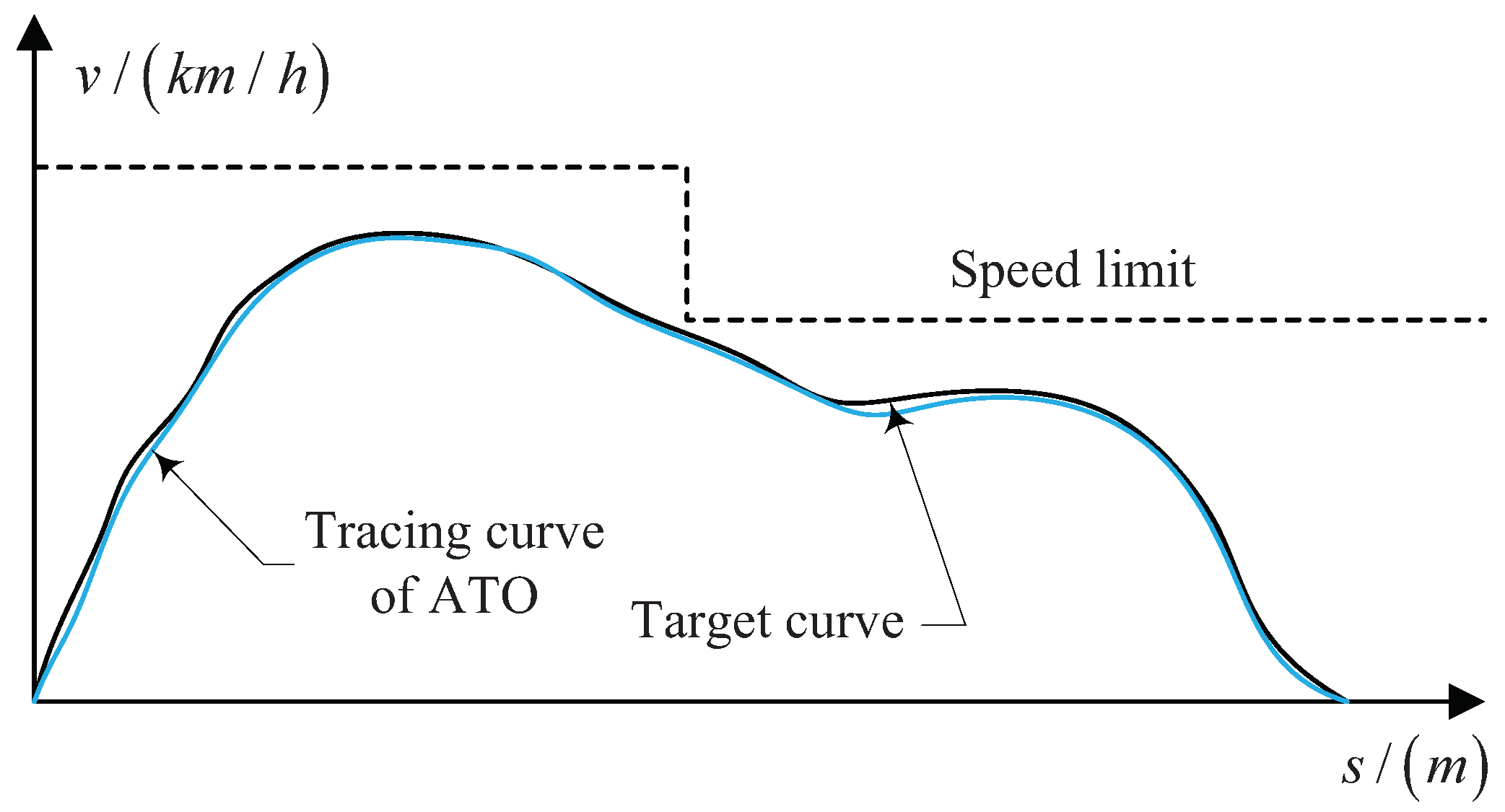
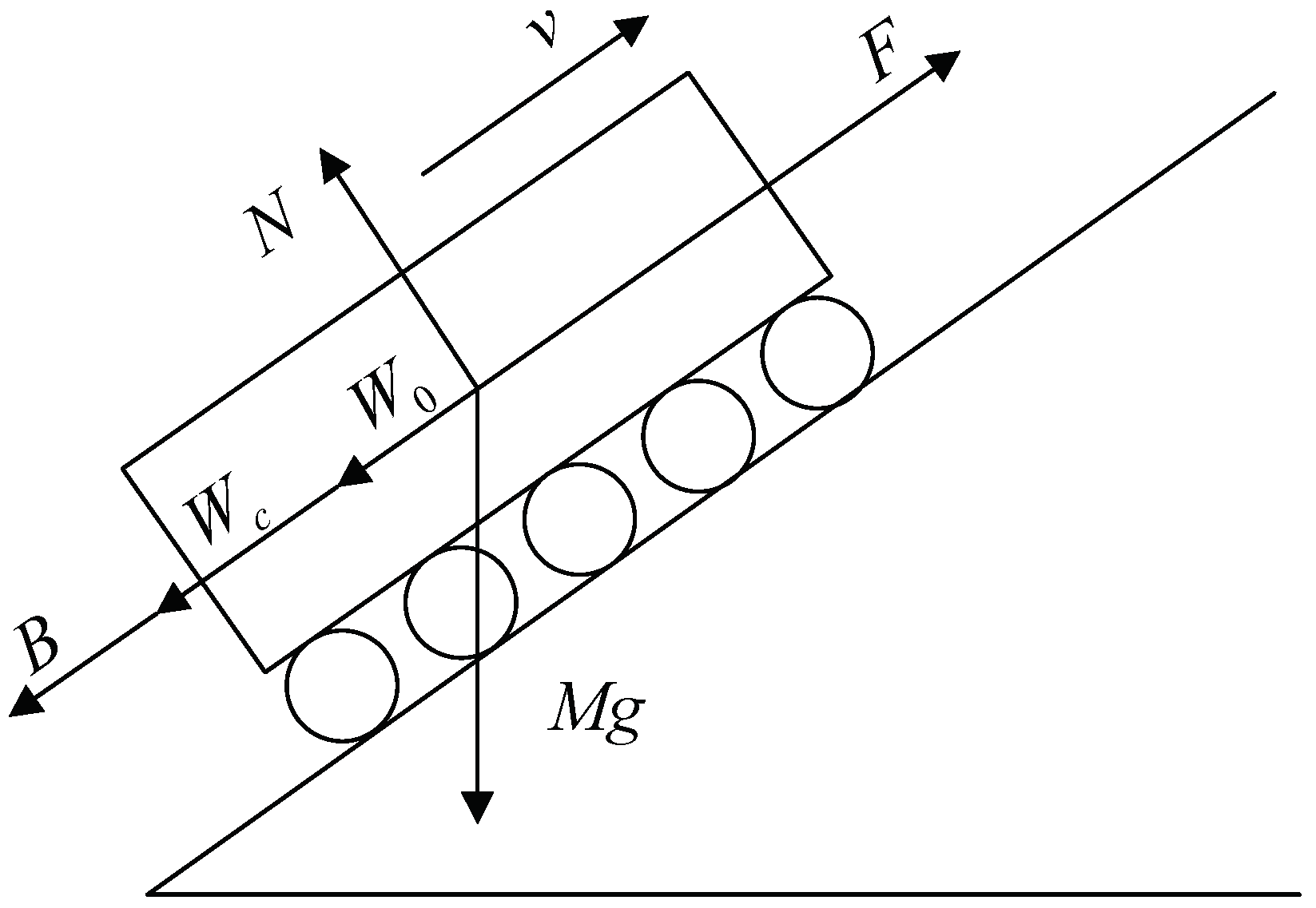
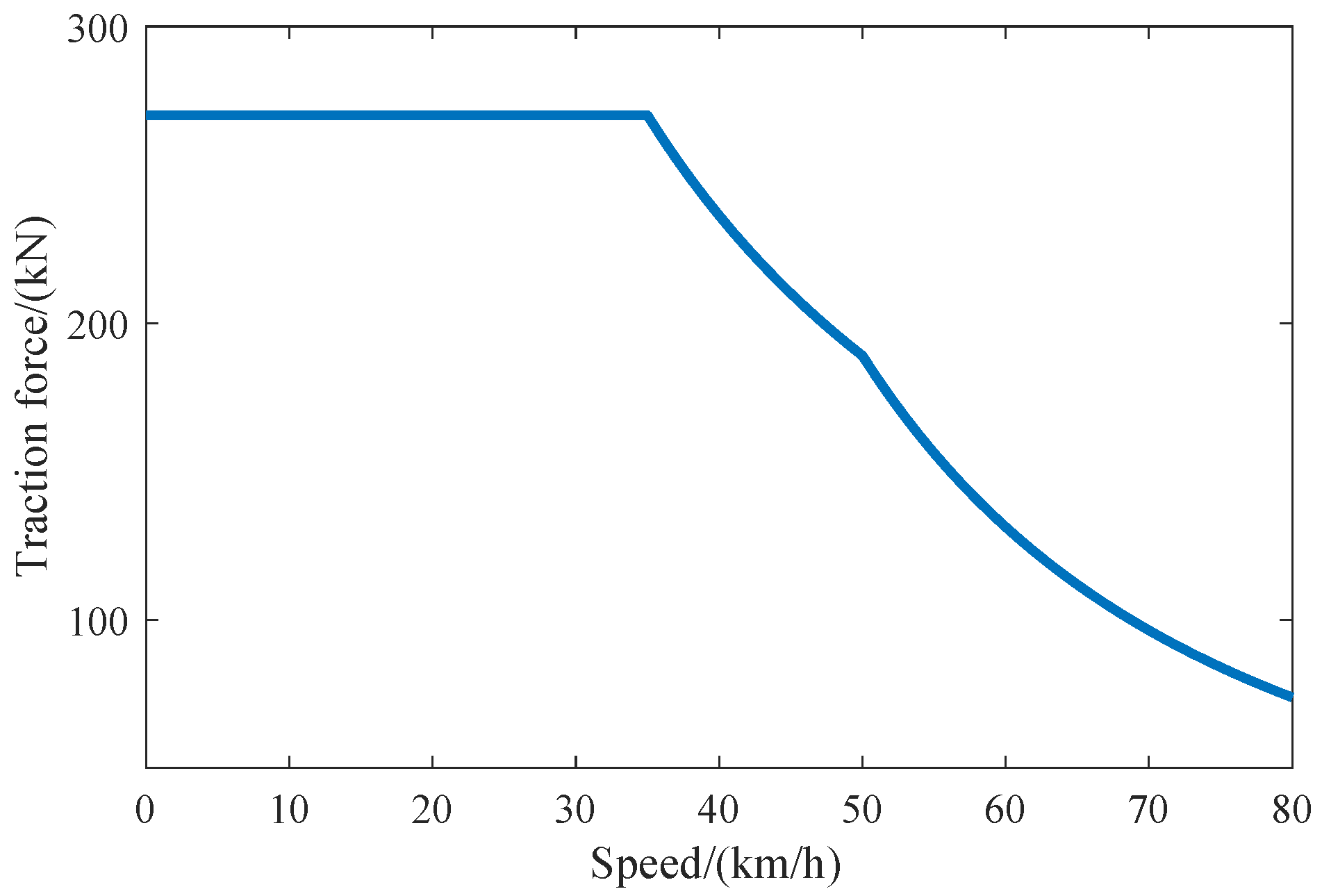

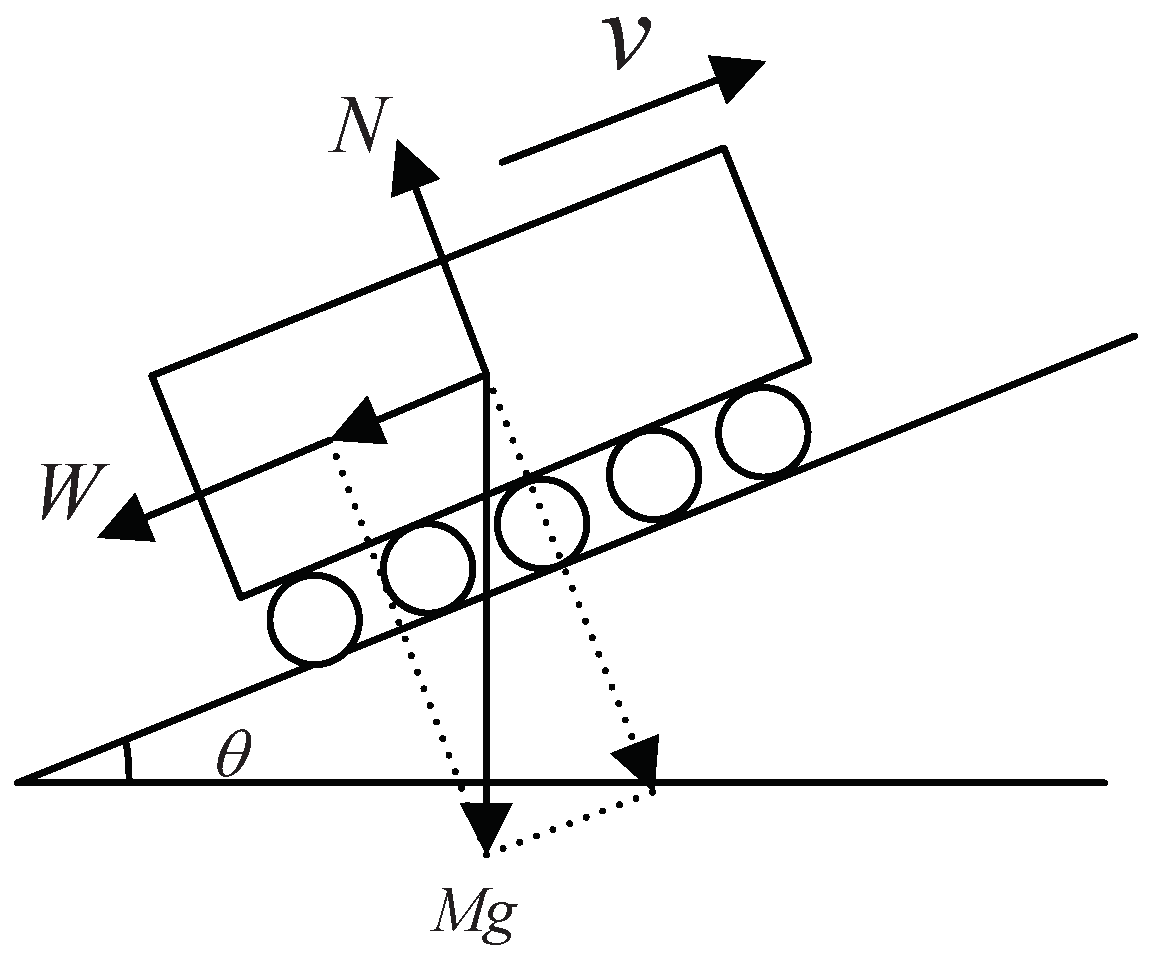
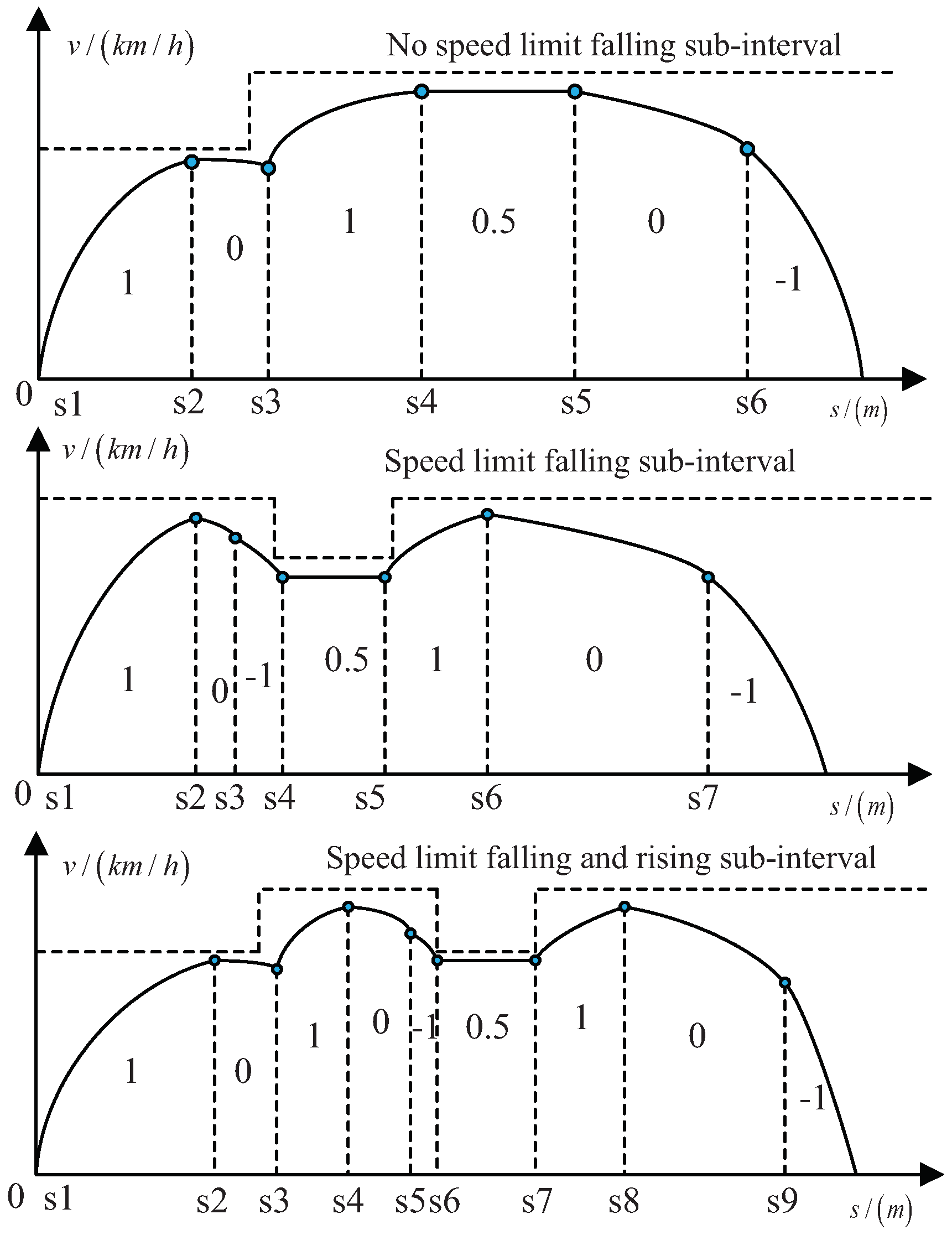
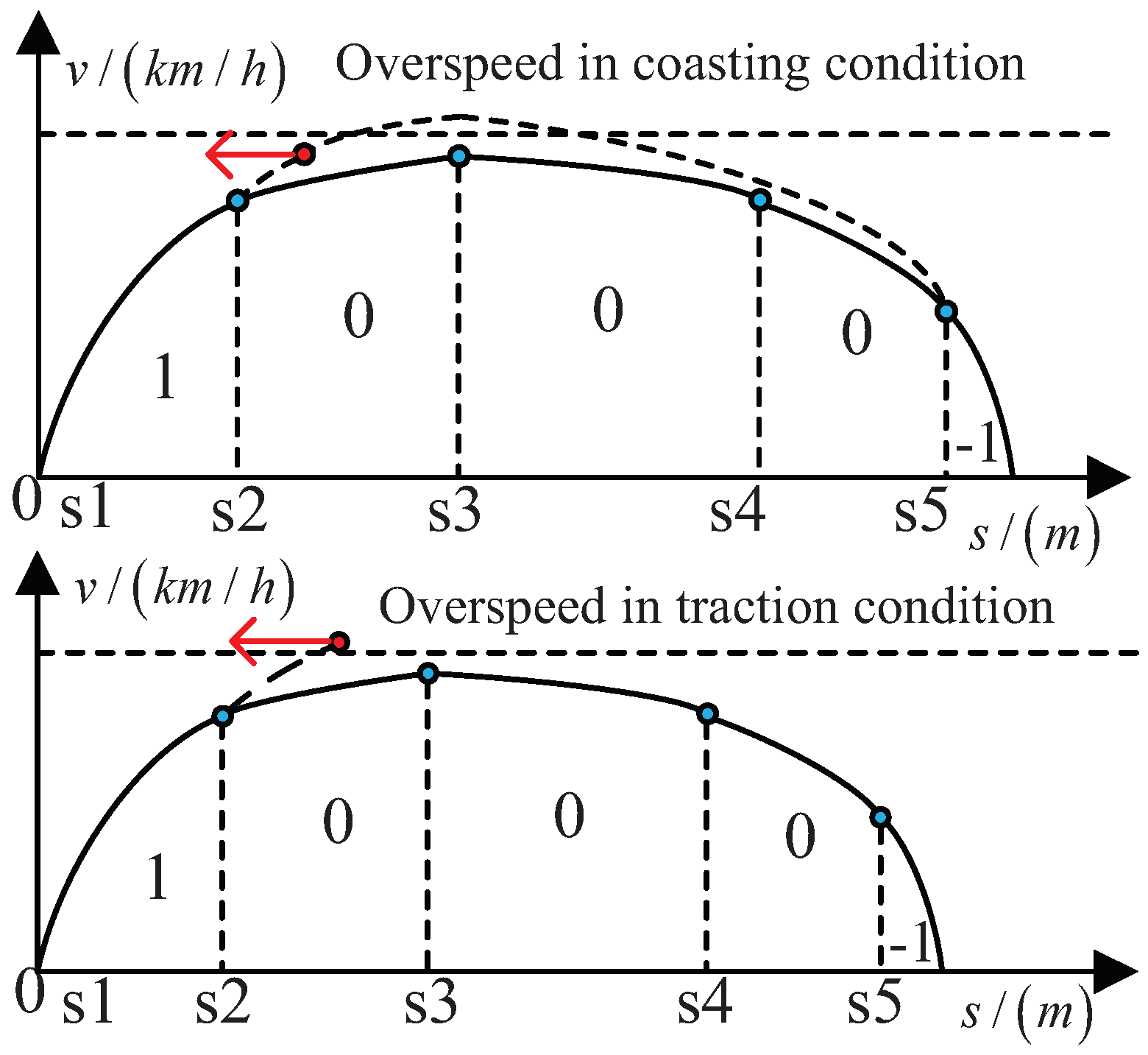
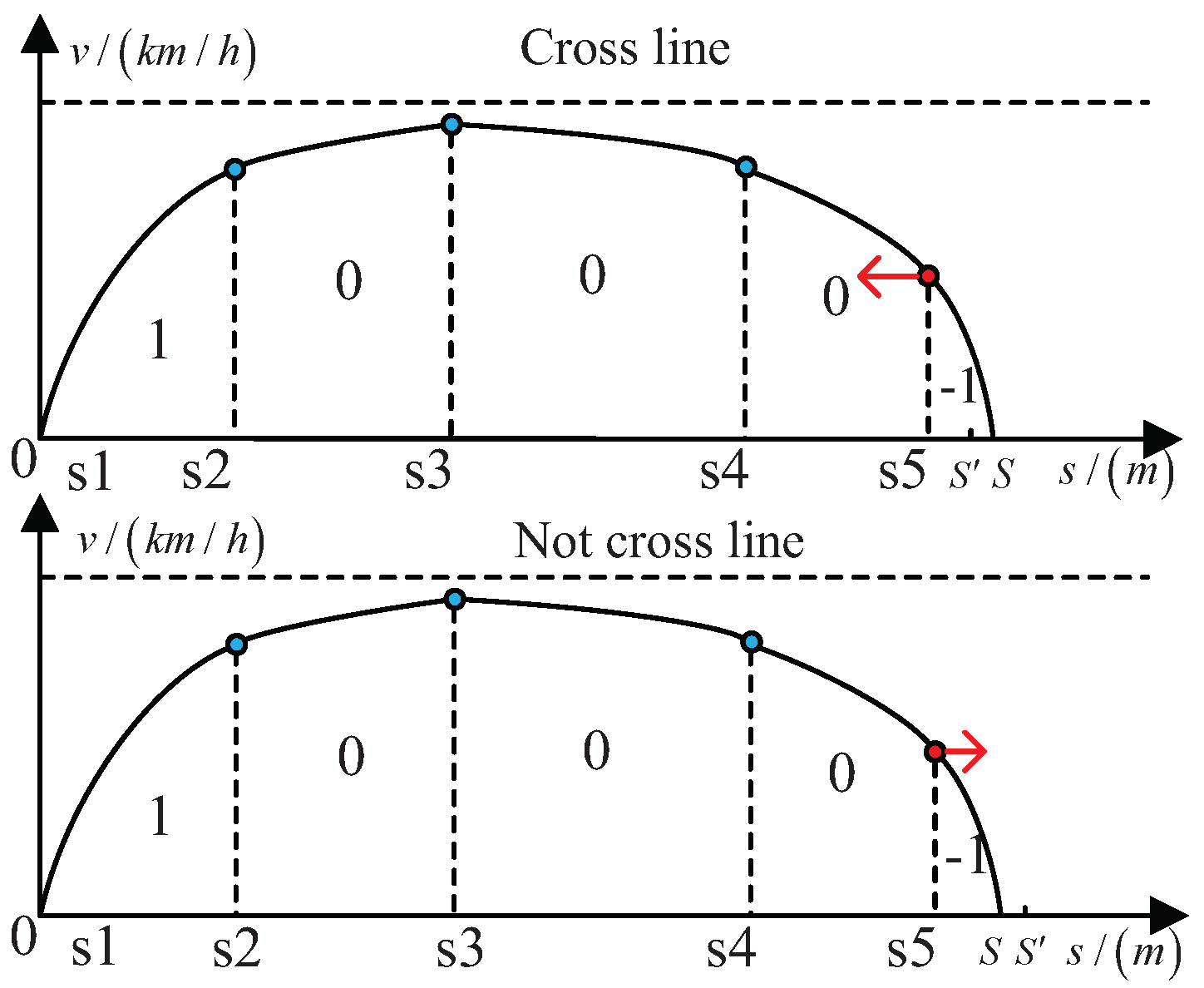
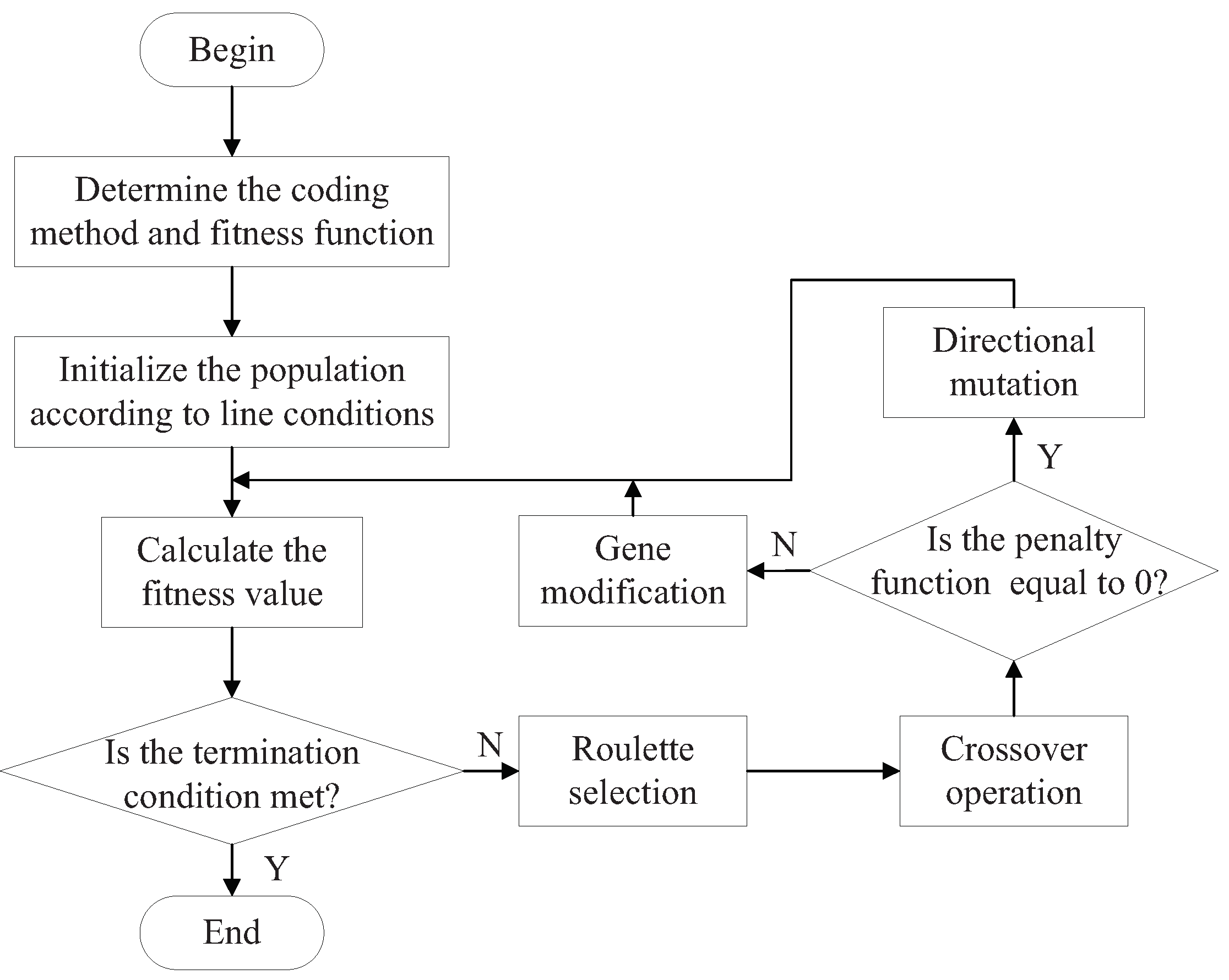
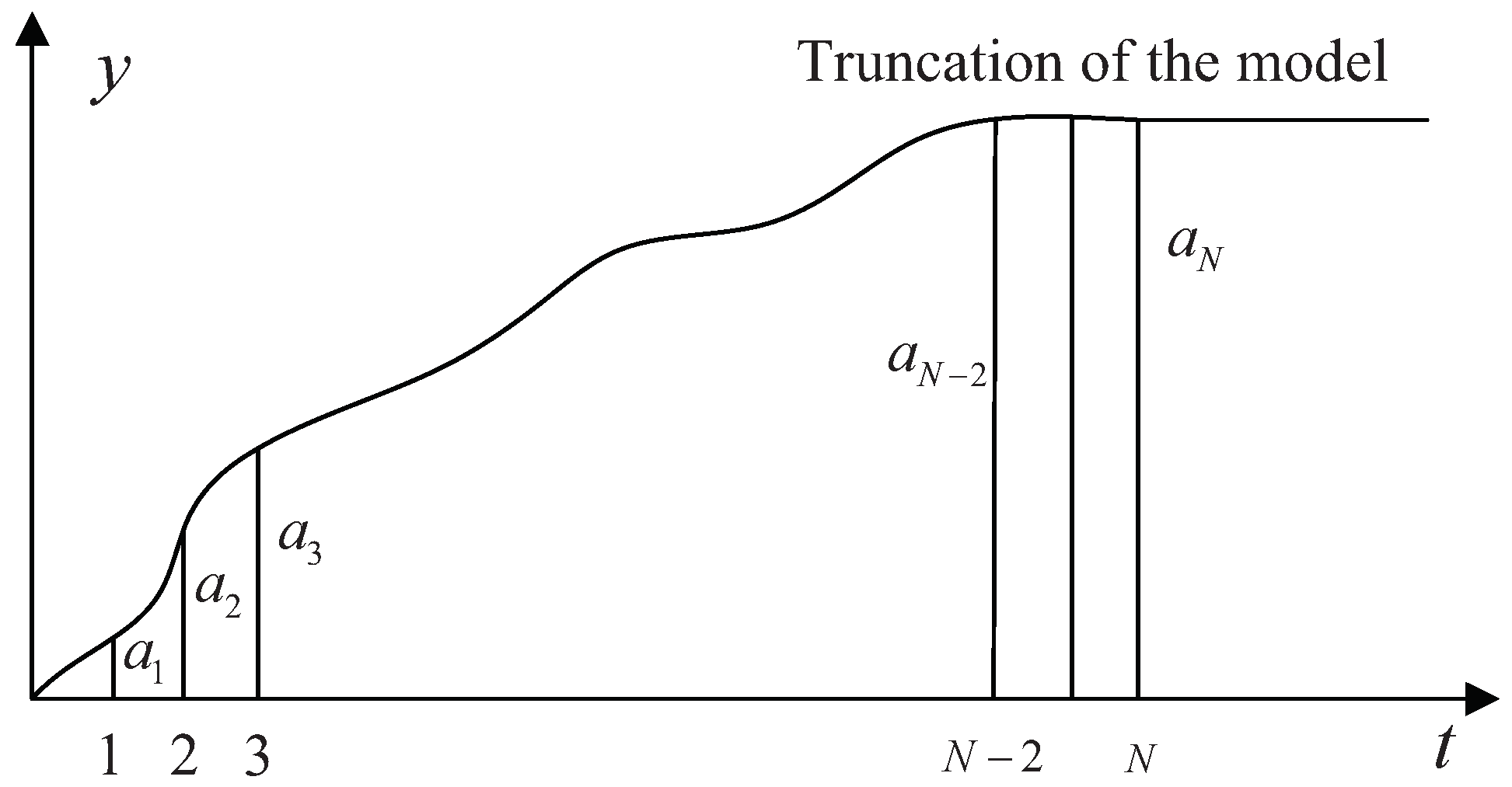

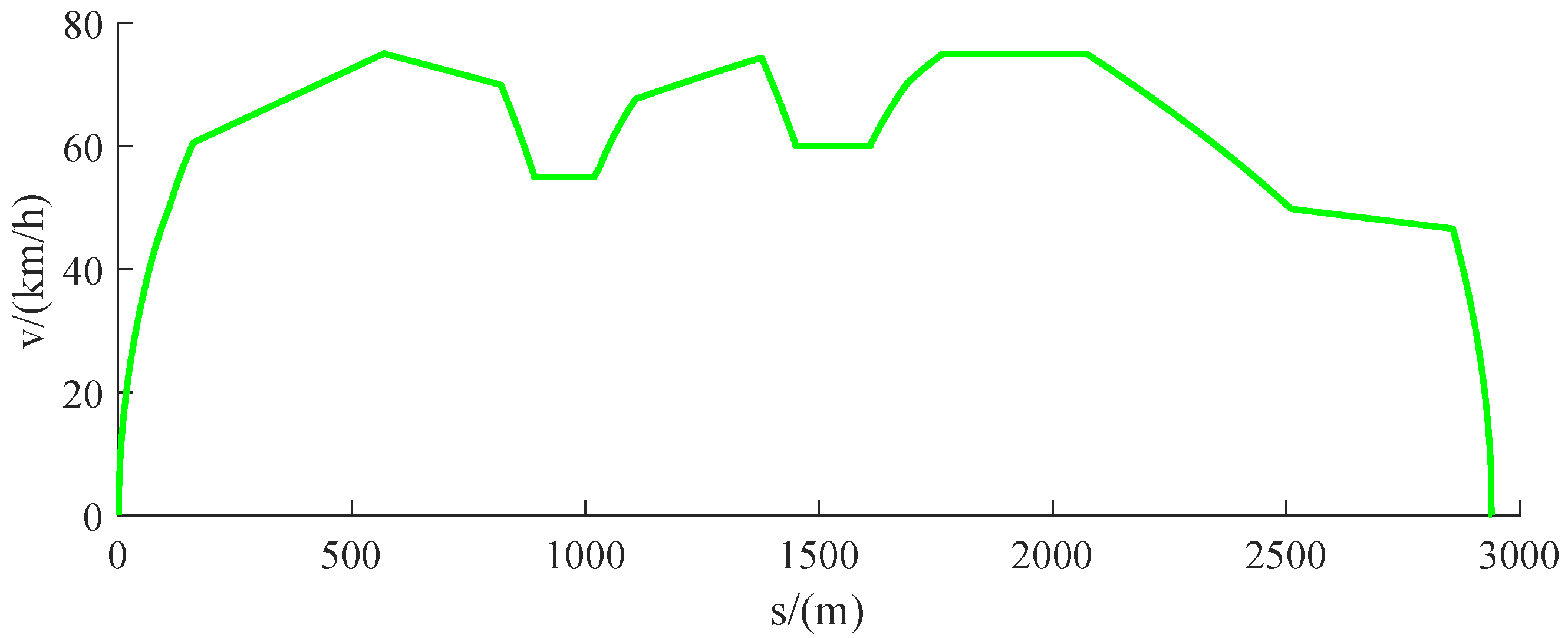
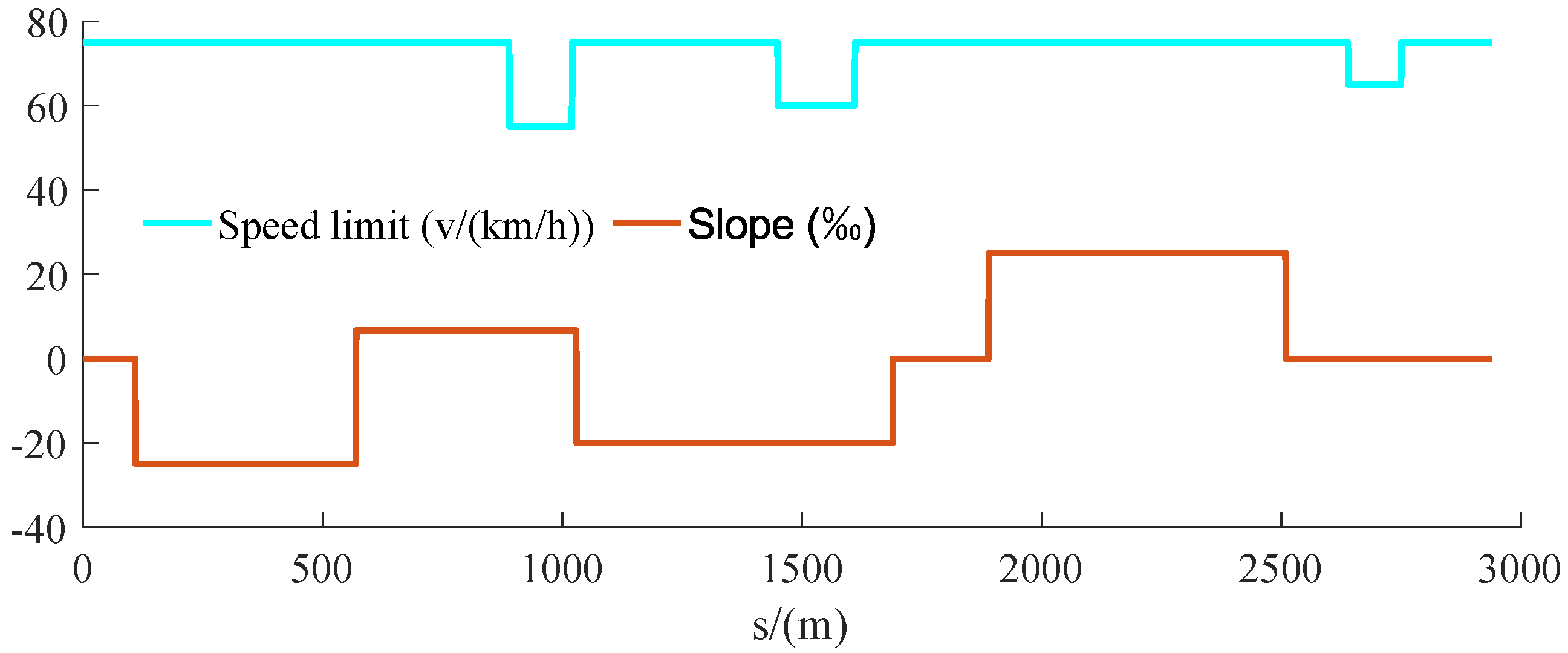

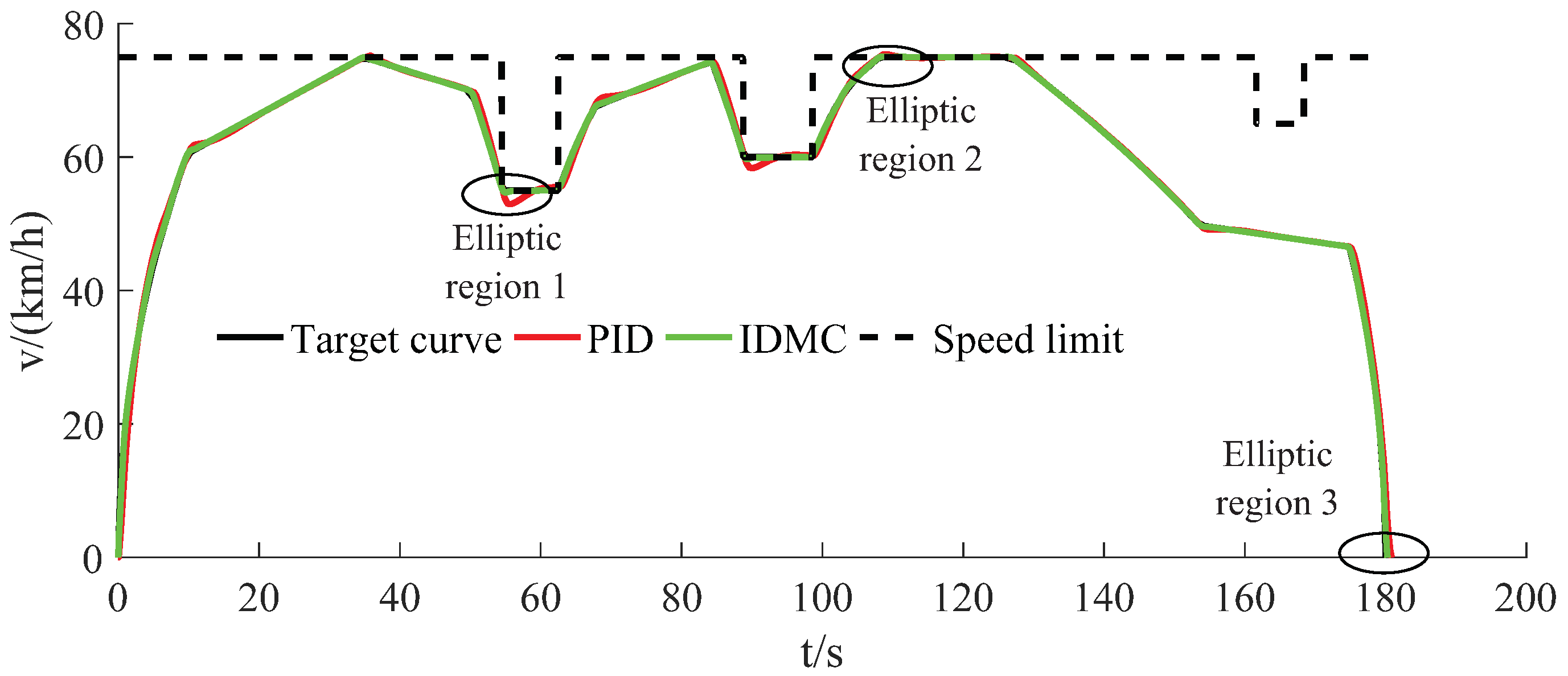
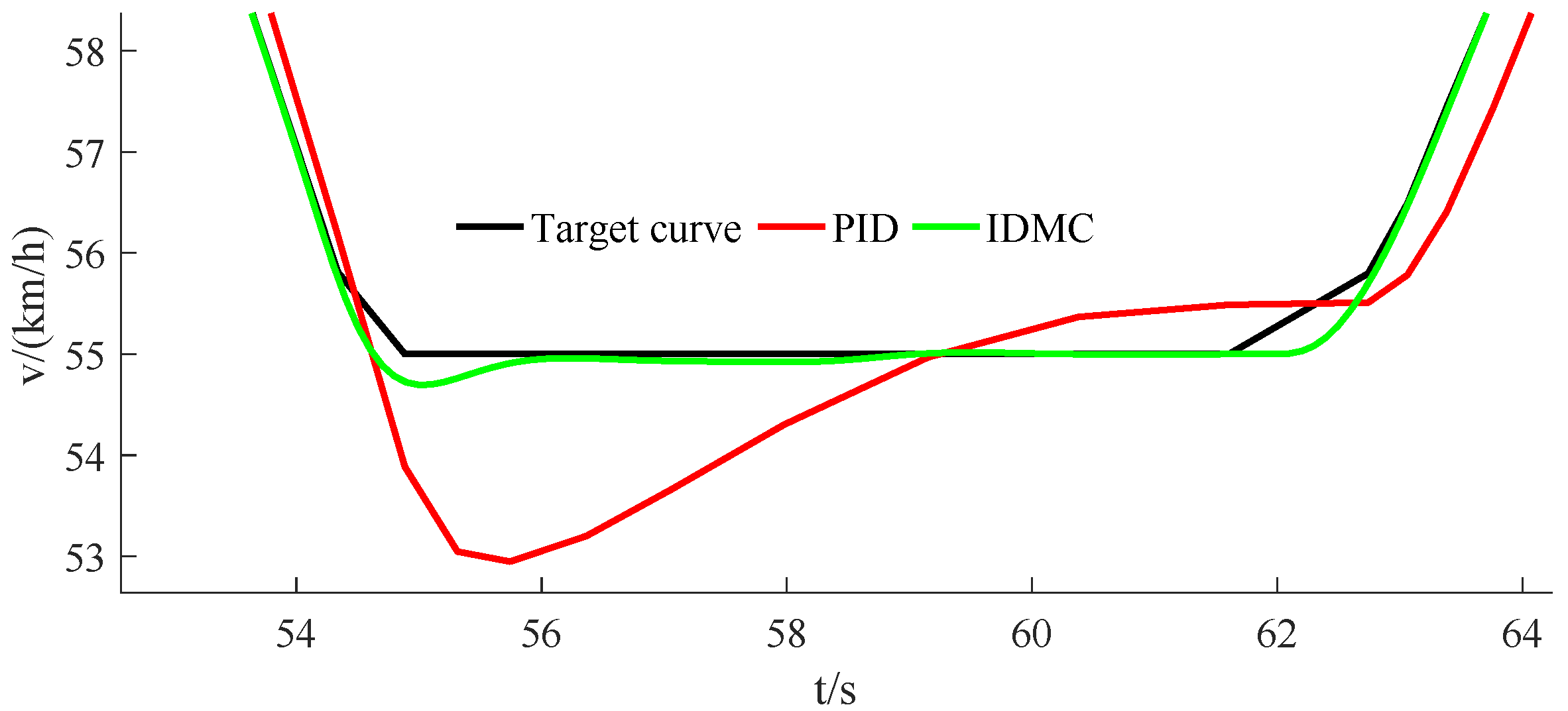
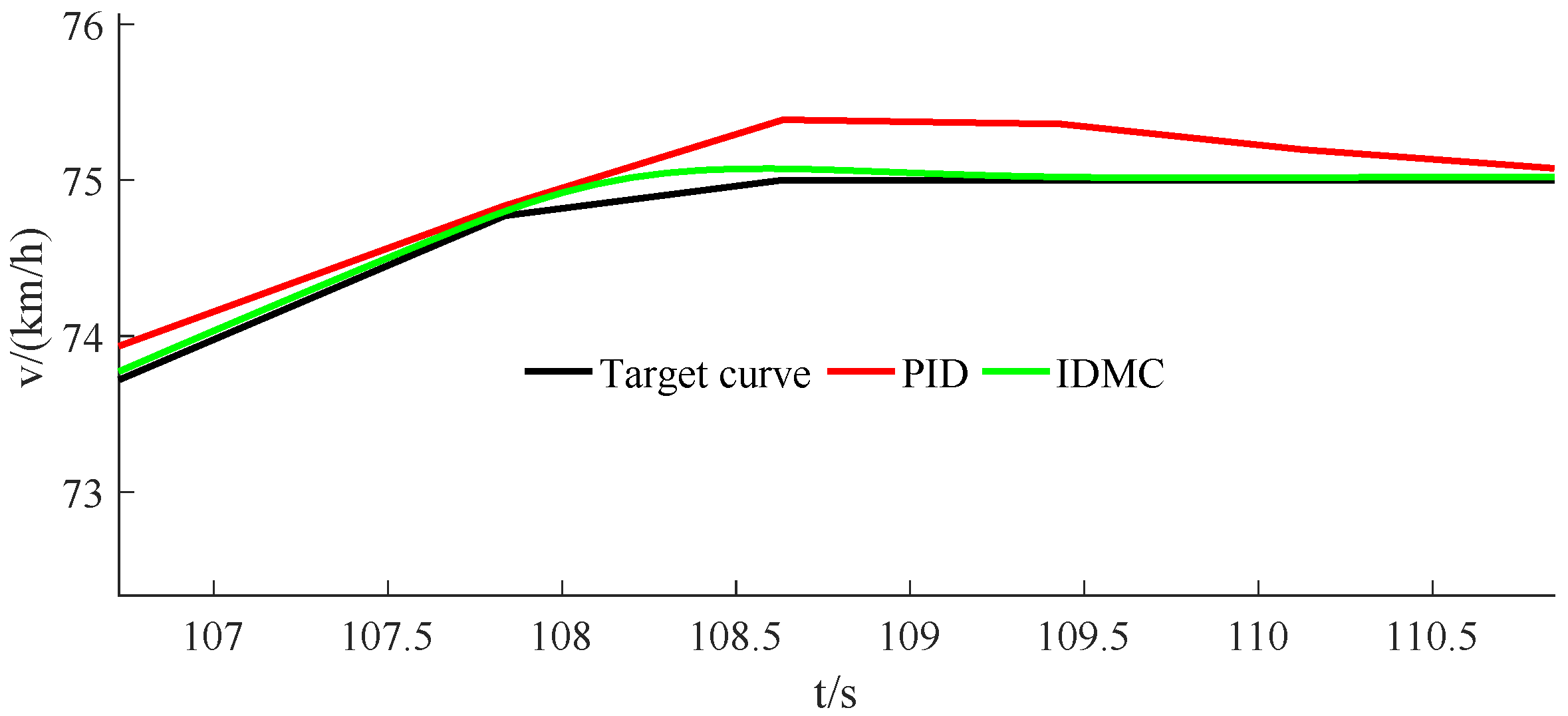
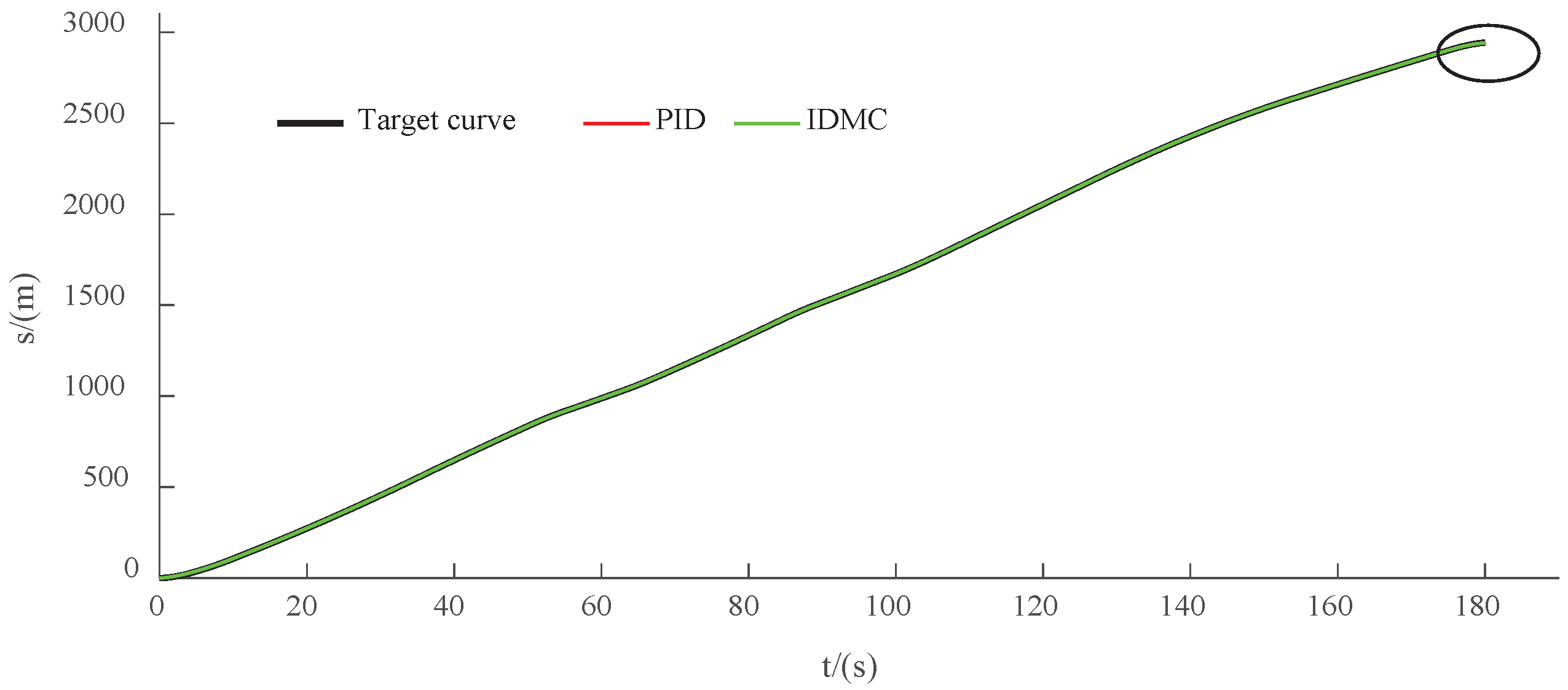
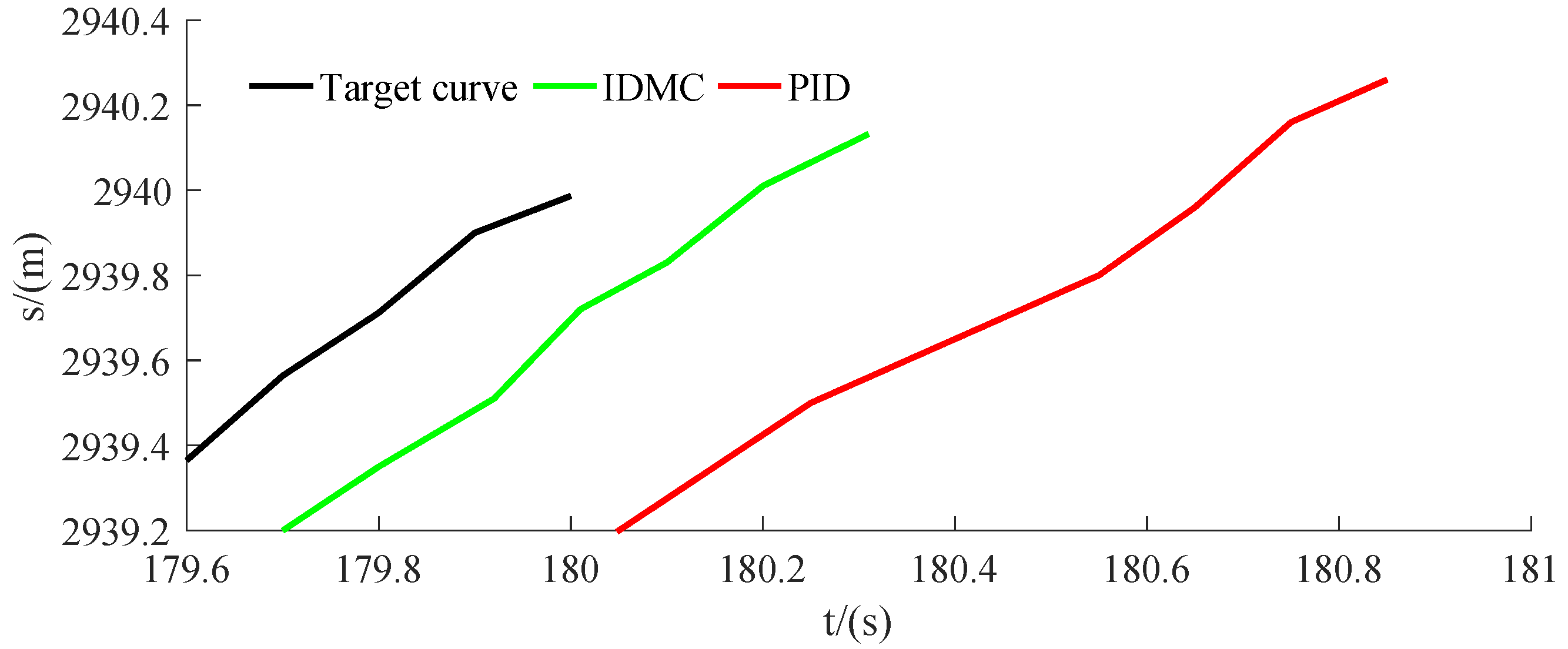
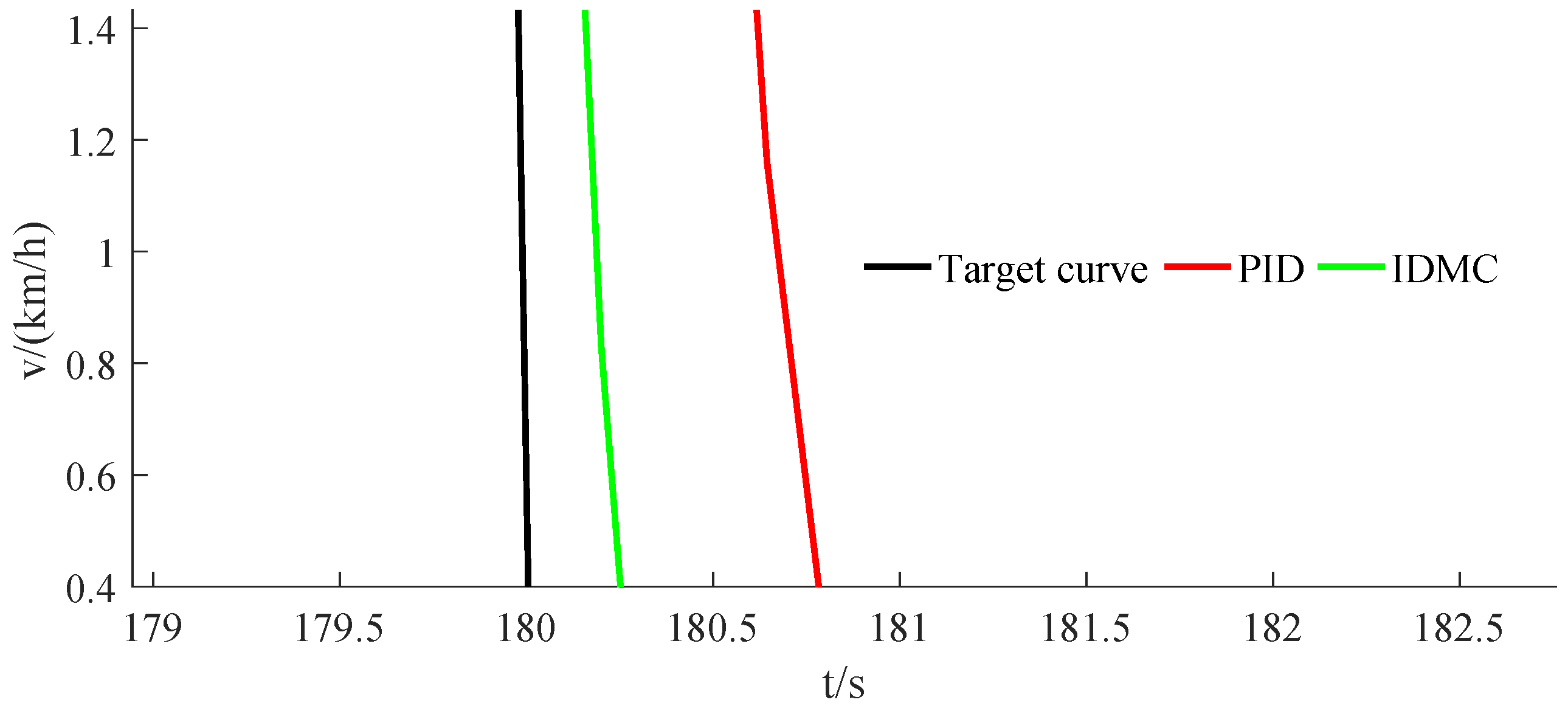
| Jerk | Comfort Level |
|---|---|
| < 4.2 m/s | Very comfortable |
| 4.2 m/s < 7.5 m/s | General comfortable |
| 7.5 m/s < 13.4 m/s | Not comfortable |
| 13.4 m/s | Very uncomfortable |
| Parameter Name | Parameter Characteristics |
|---|---|
| Maximum running speed (km/h) | 75 |
| Train weight (t) | 105 |
| Rotary mass coefficient | 0.06 |
| Electromechanical efficiency of the whole train | 0.86 |
| Auxiliary power (kW) | 300 |
| Algorithm | Energy | Comfort | Stopping Accuracy | Punctuality | Weighted-Sum Value |
|---|---|---|---|---|---|
| BGA | 106,031 KJ | 20.2654 m/s | 0.2956 m | 0.1064 s | 0.3965 |
| IGA | 98,013 KJ | 16.6421 m/s | 0.1121 m | 0.0135 s | 0.2731 |
© 2019 by the authors. Licensee MDPI, Basel, Switzerland. This article is an open access article distributed under the terms and conditions of the Creative Commons Attribution (CC BY) license (http://creativecommons.org/licenses/by/4.0/).
Share and Cite
Liu, K.-w.; Wang, X.-C.; Qu, Z.-h. Research on Multi-Objective Optimization and Control Algorithms for Automatic Train Operation. Energies 2019, 12, 3842. https://doi.org/10.3390/en12203842
Liu K-w, Wang X-C, Qu Z-h. Research on Multi-Objective Optimization and Control Algorithms for Automatic Train Operation. Energies. 2019; 12(20):3842. https://doi.org/10.3390/en12203842
Chicago/Turabian StyleLiu, Kai-wei, Xing-Cheng Wang, and Zhi-hui Qu. 2019. "Research on Multi-Objective Optimization and Control Algorithms for Automatic Train Operation" Energies 12, no. 20: 3842. https://doi.org/10.3390/en12203842
APA StyleLiu, K.-w., Wang, X.-C., & Qu, Z.-h. (2019). Research on Multi-Objective Optimization and Control Algorithms for Automatic Train Operation. Energies, 12(20), 3842. https://doi.org/10.3390/en12203842






